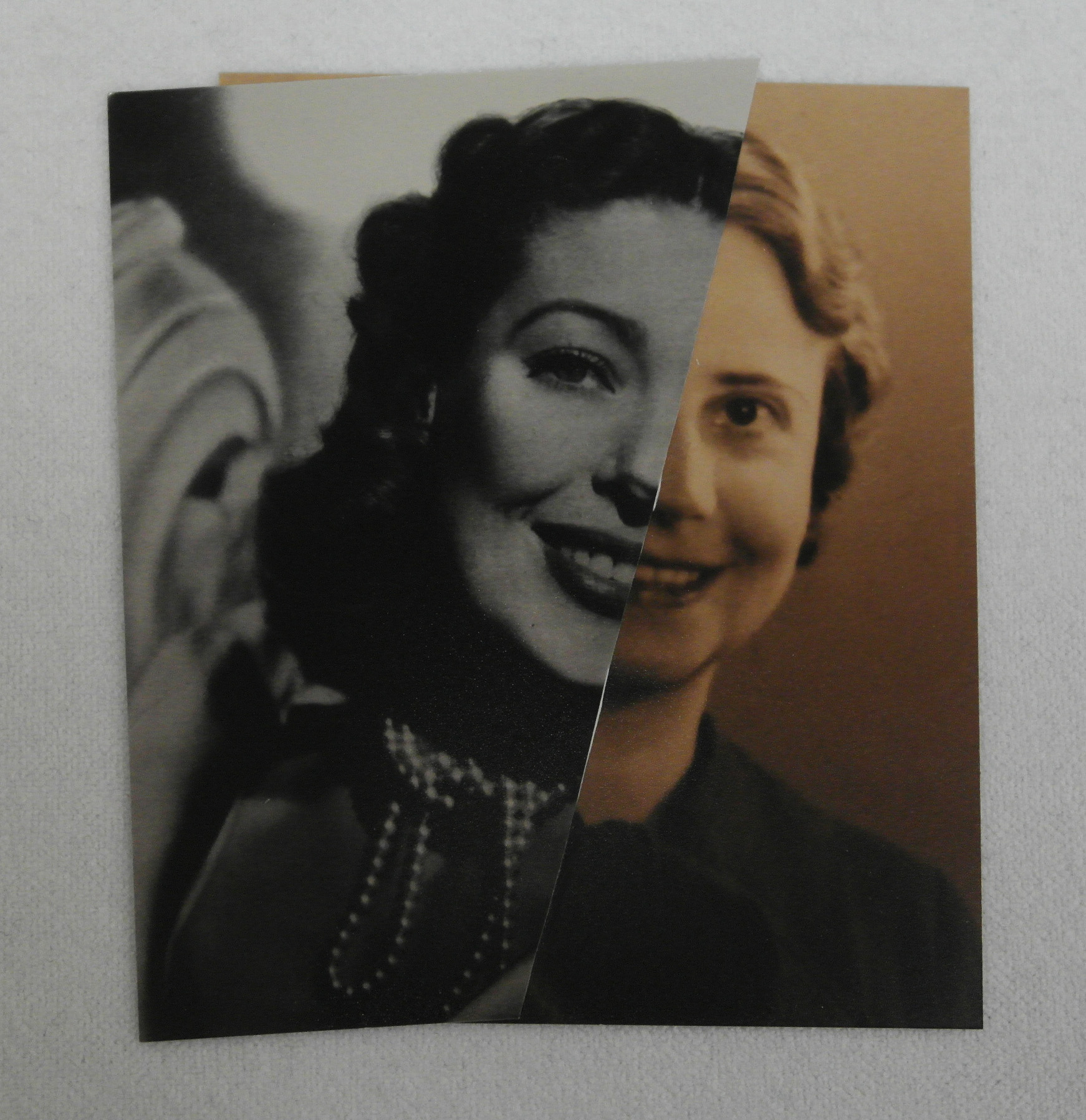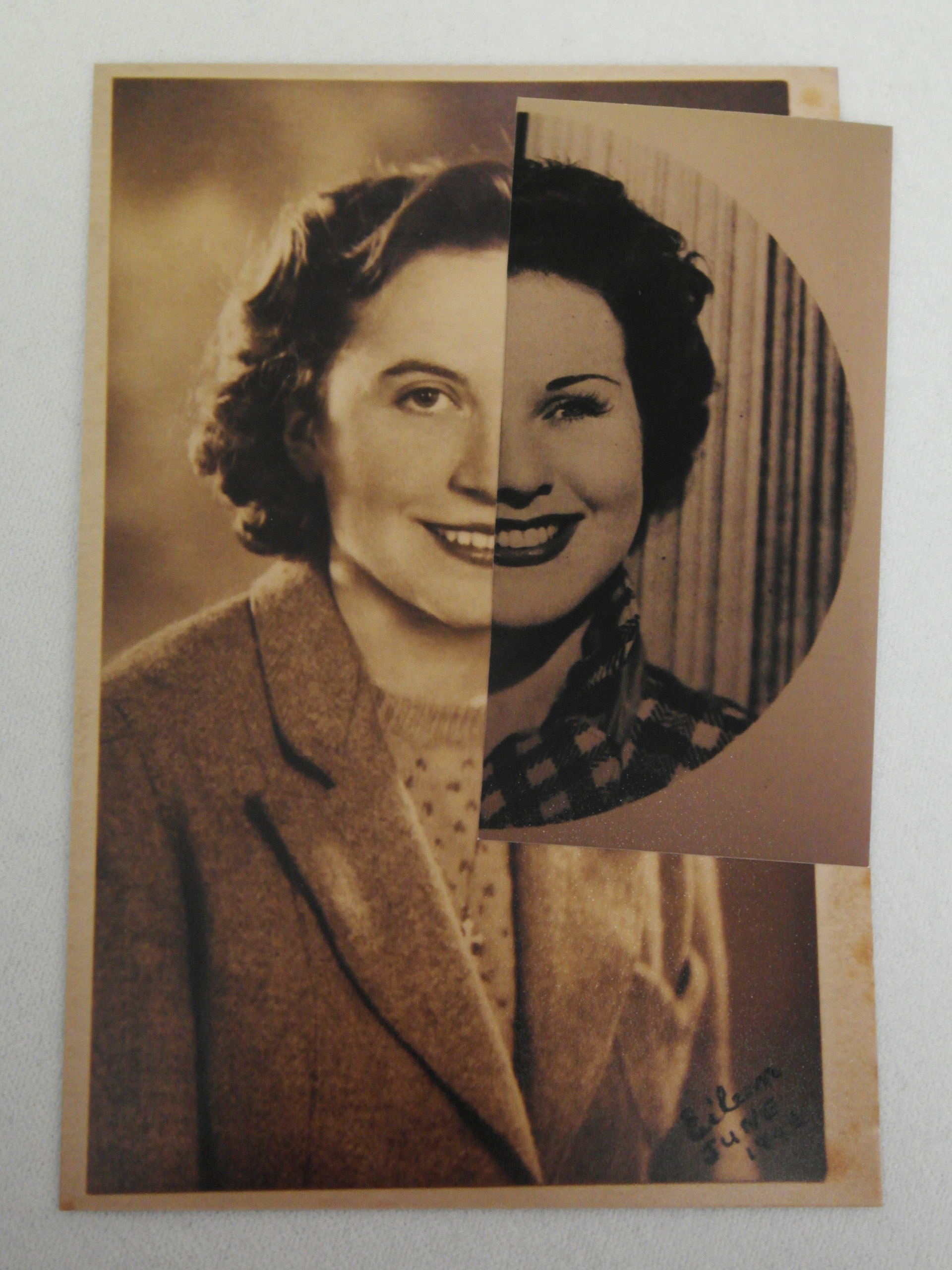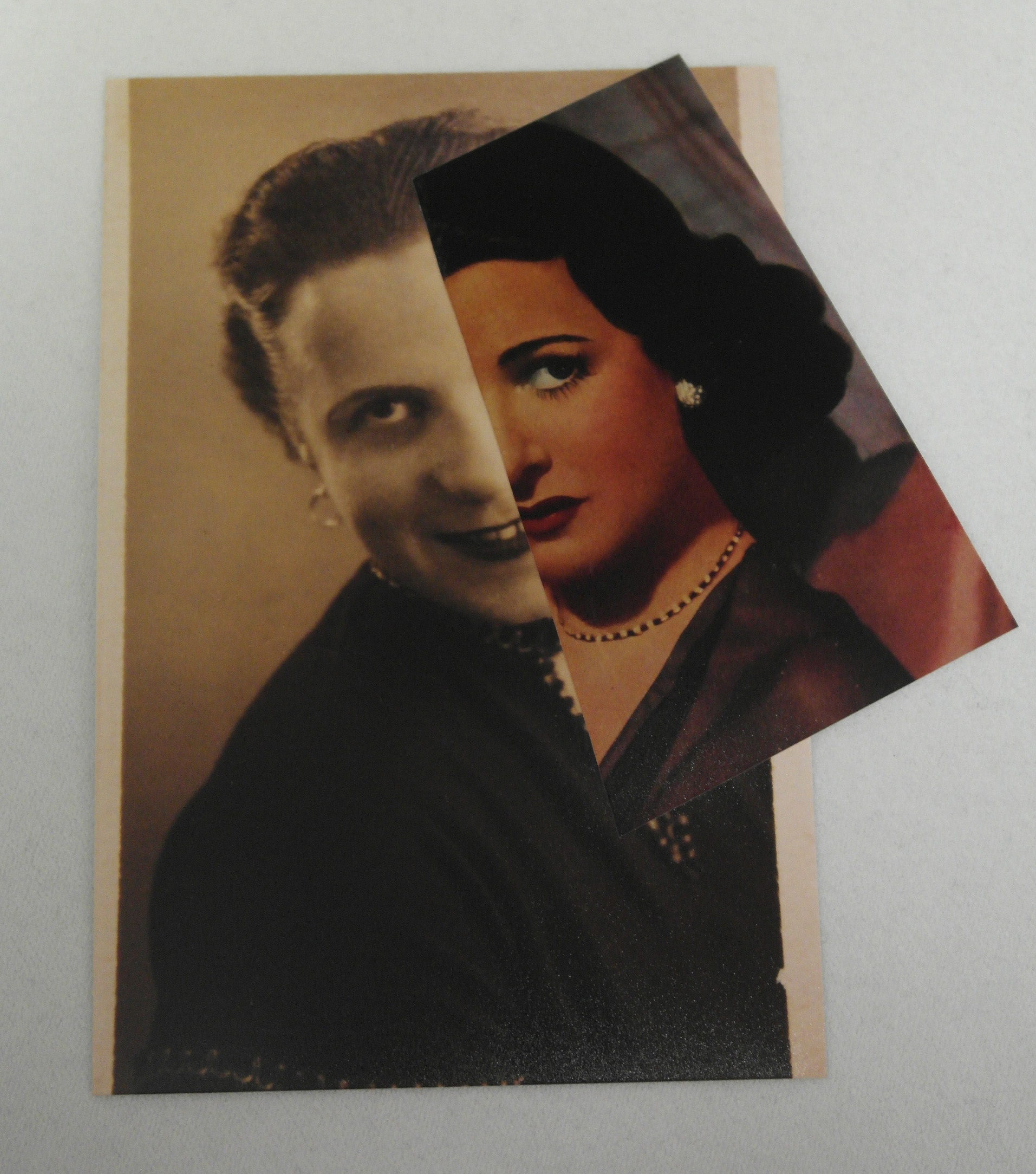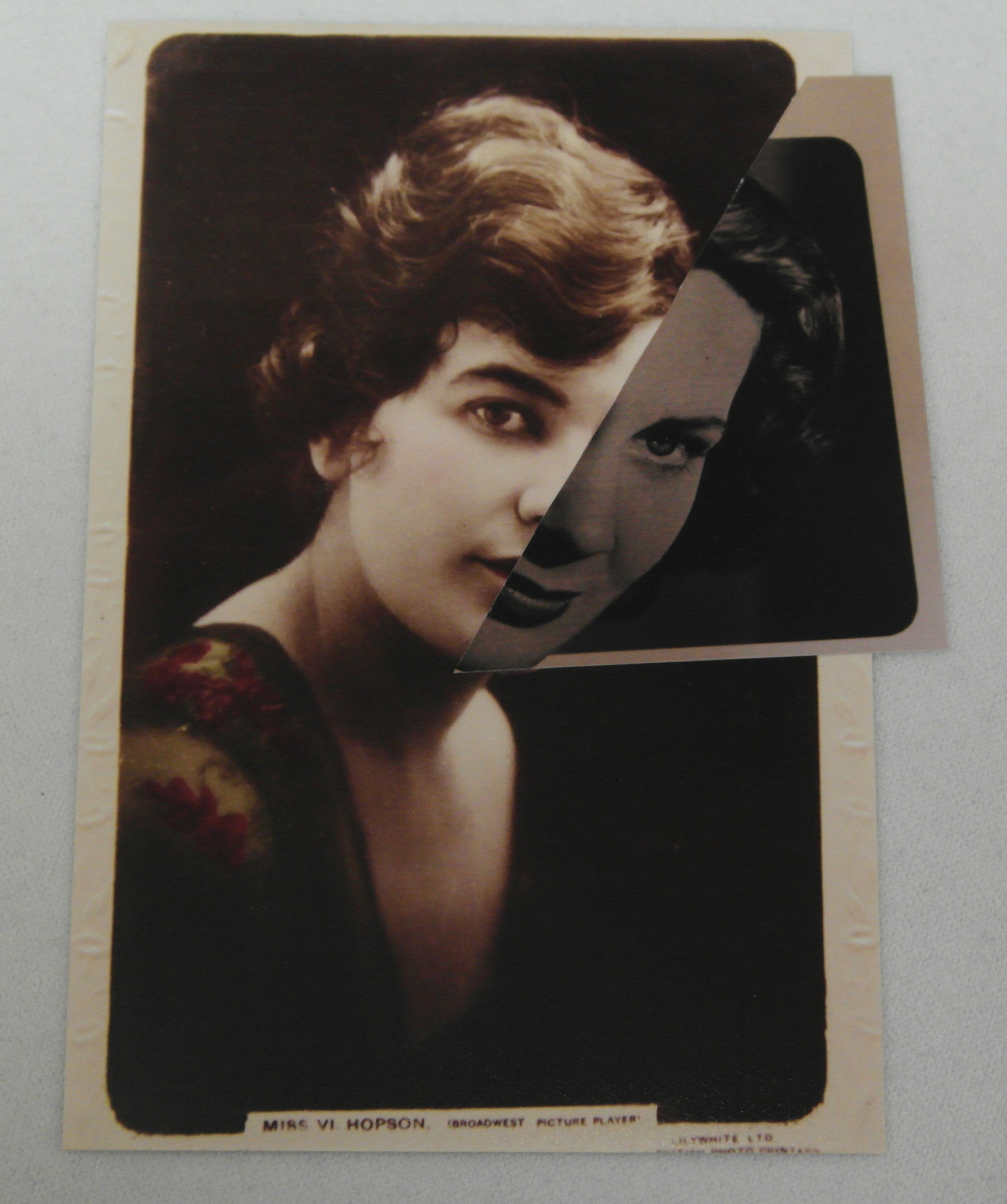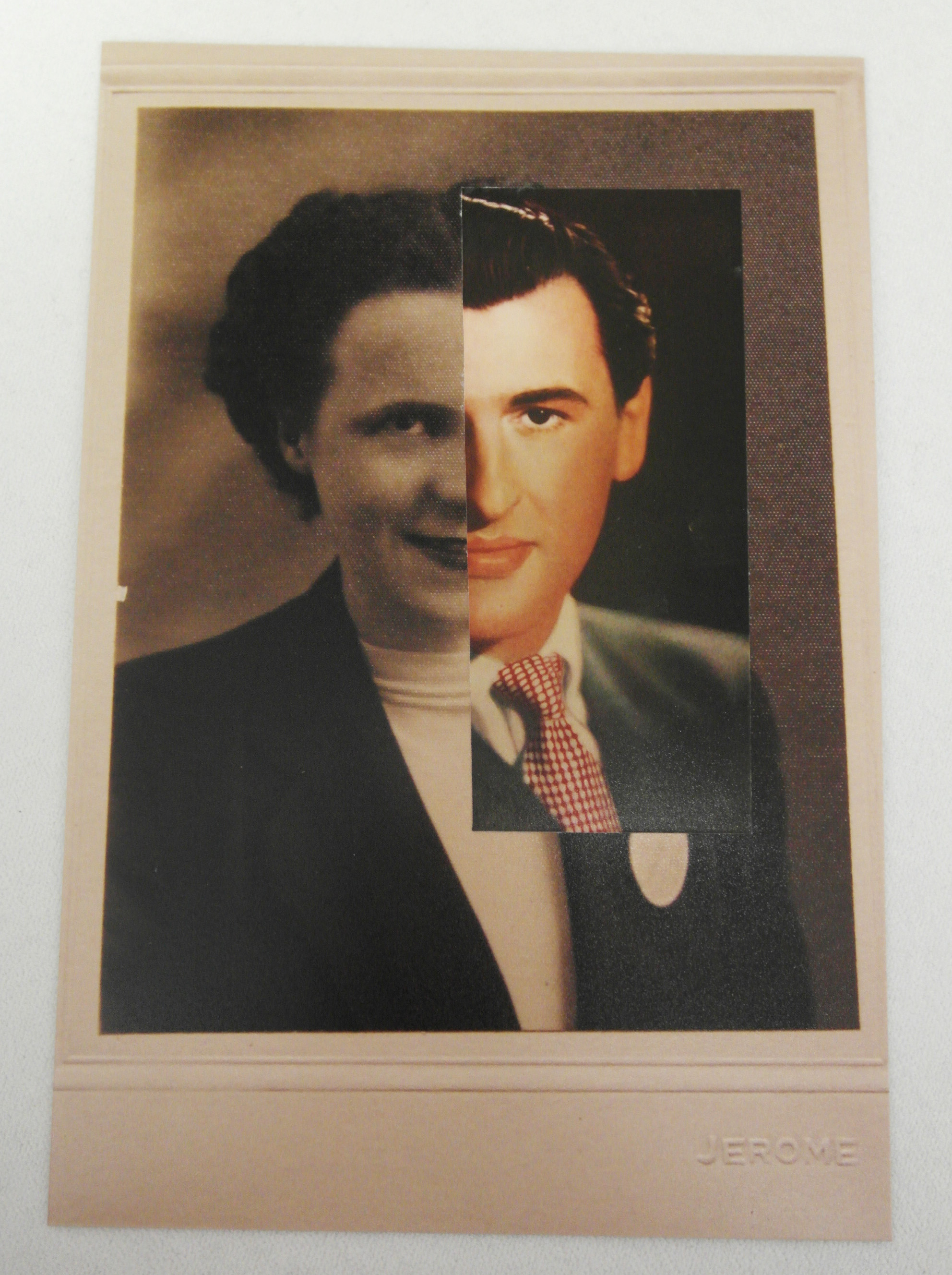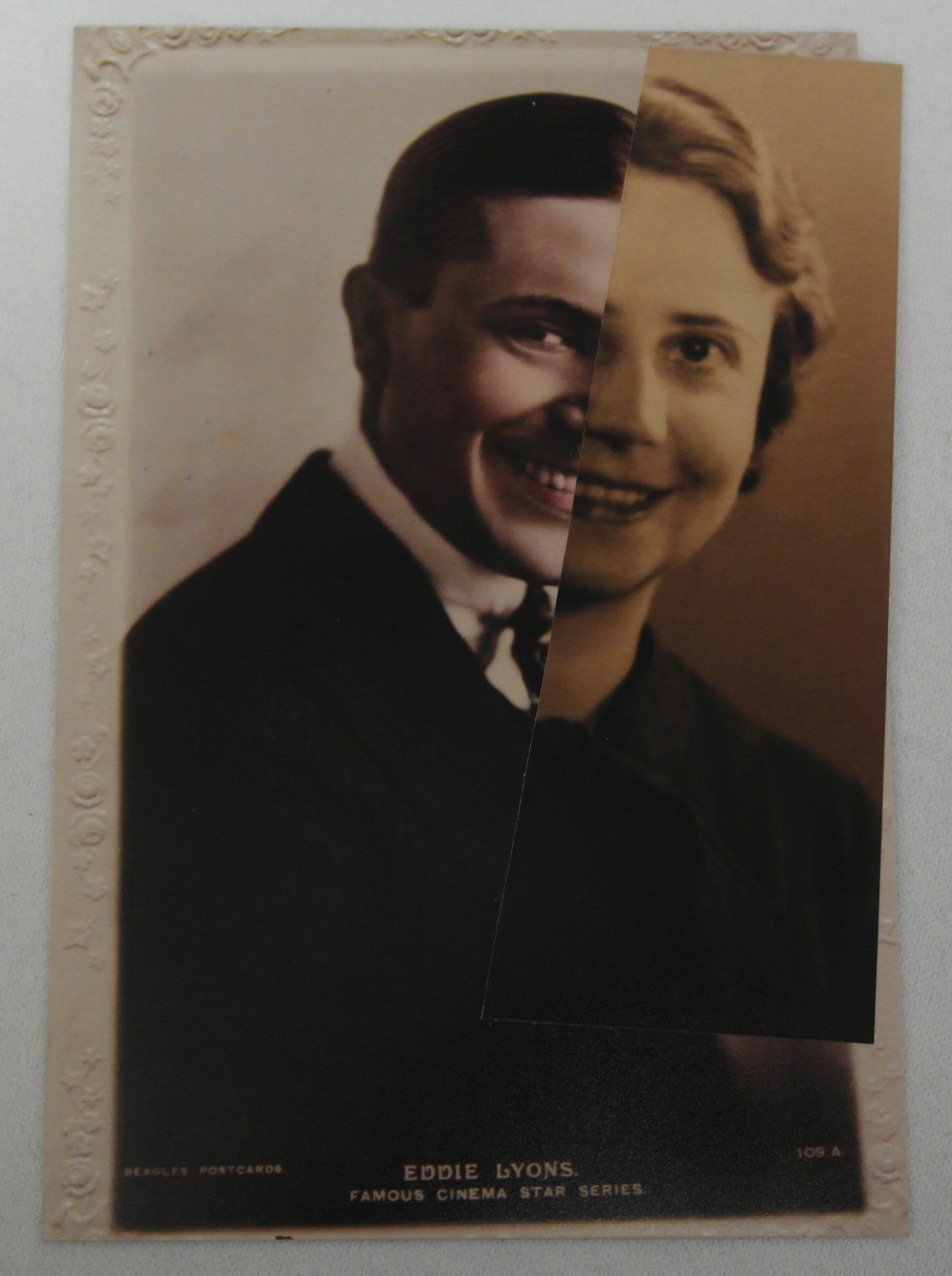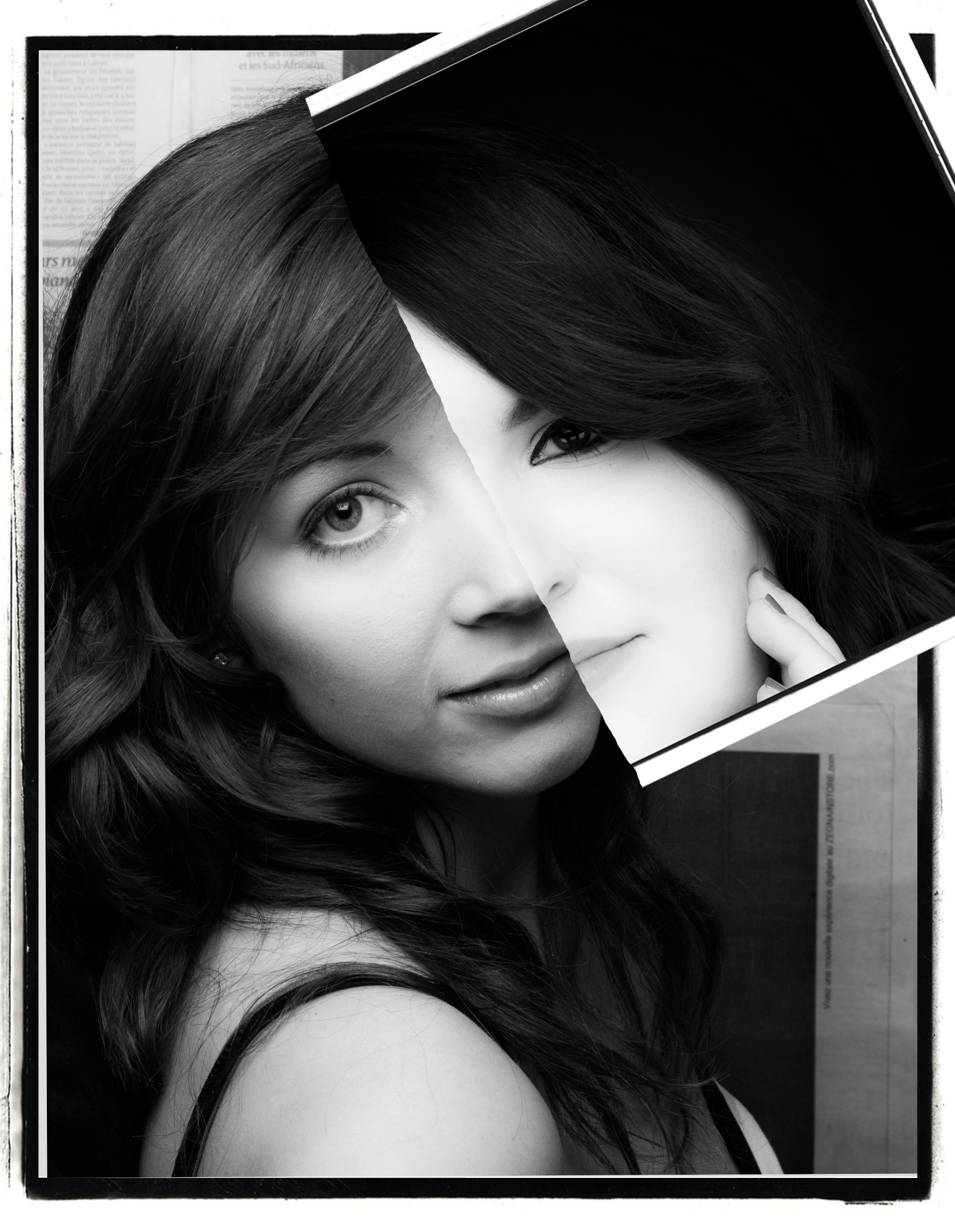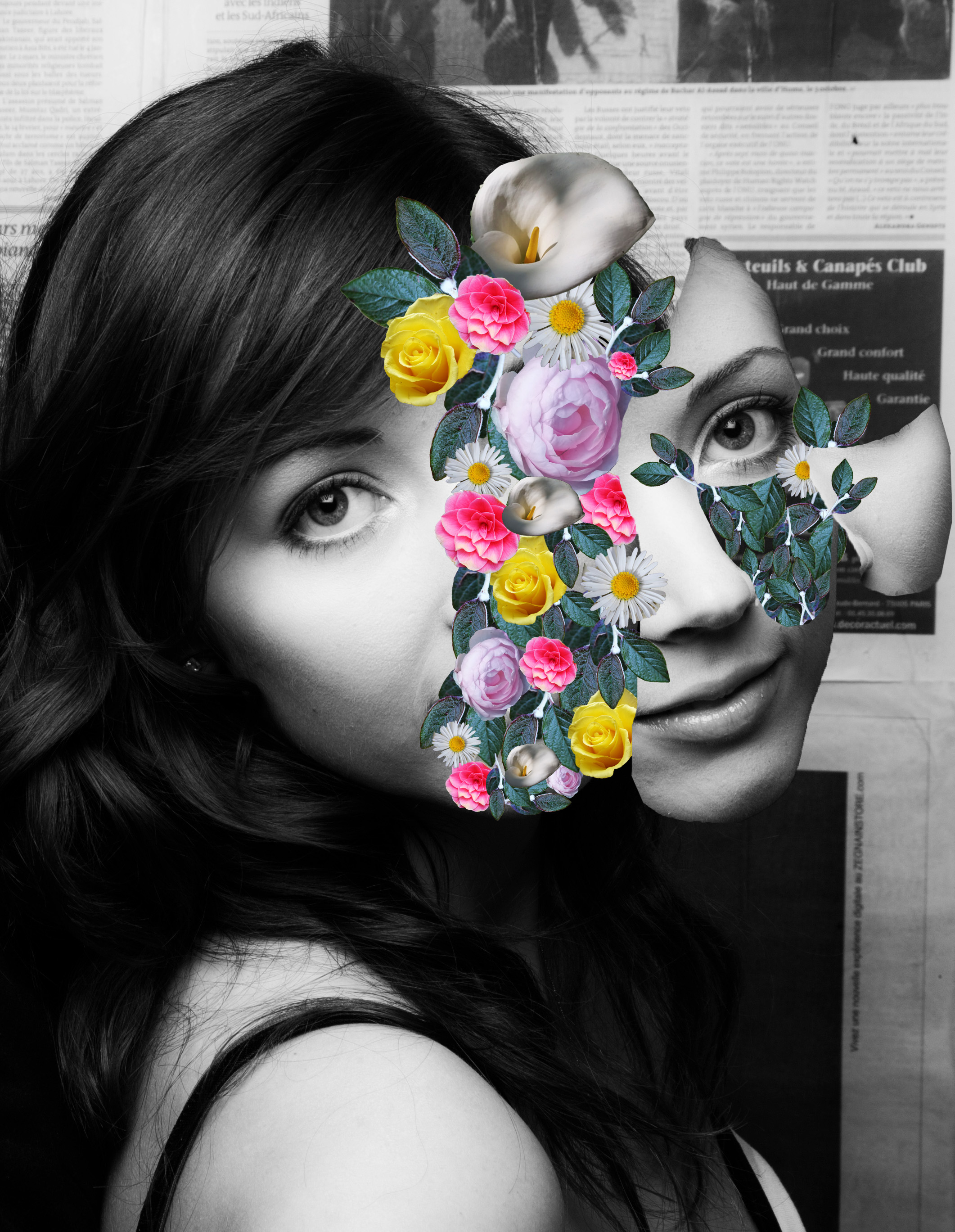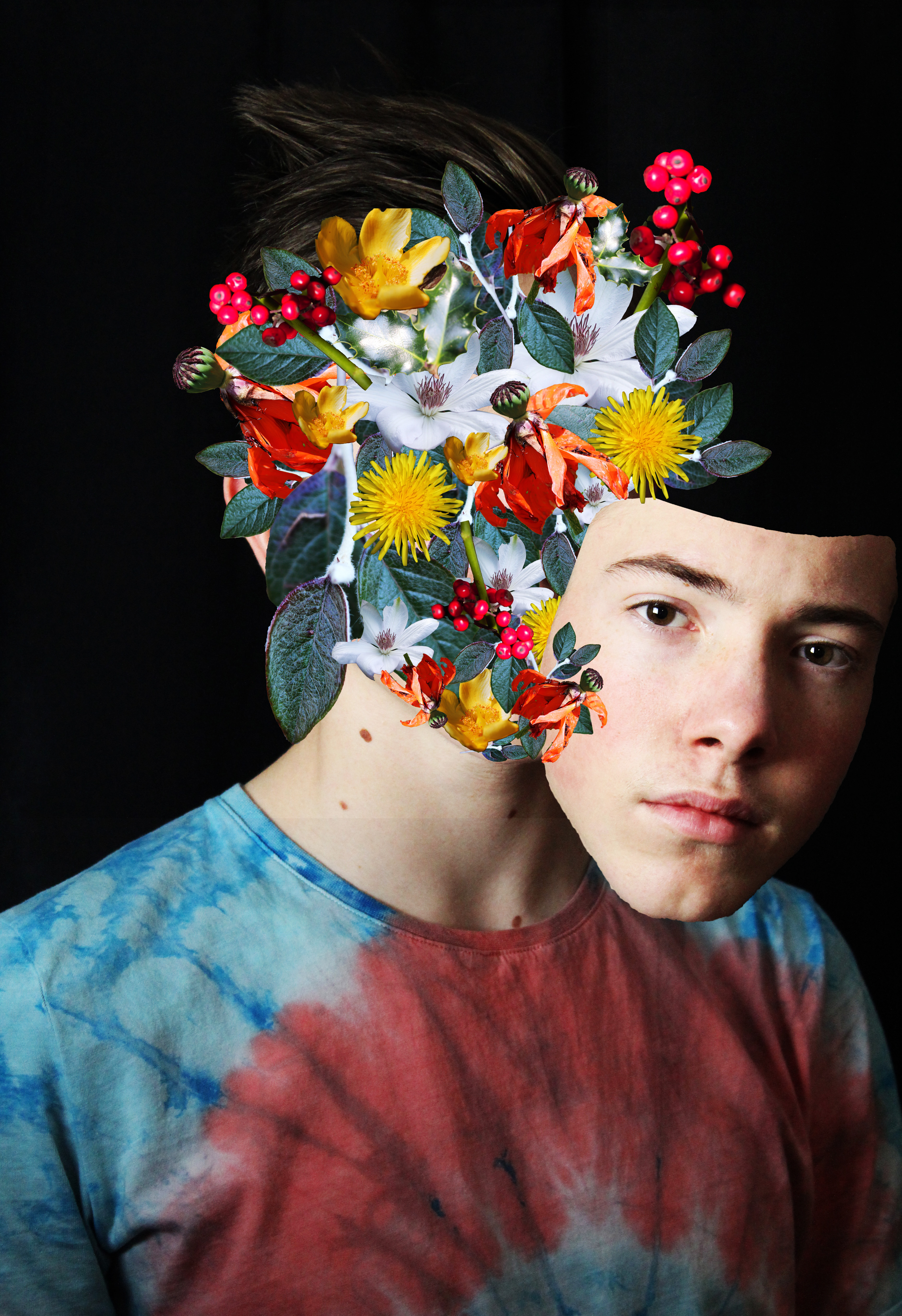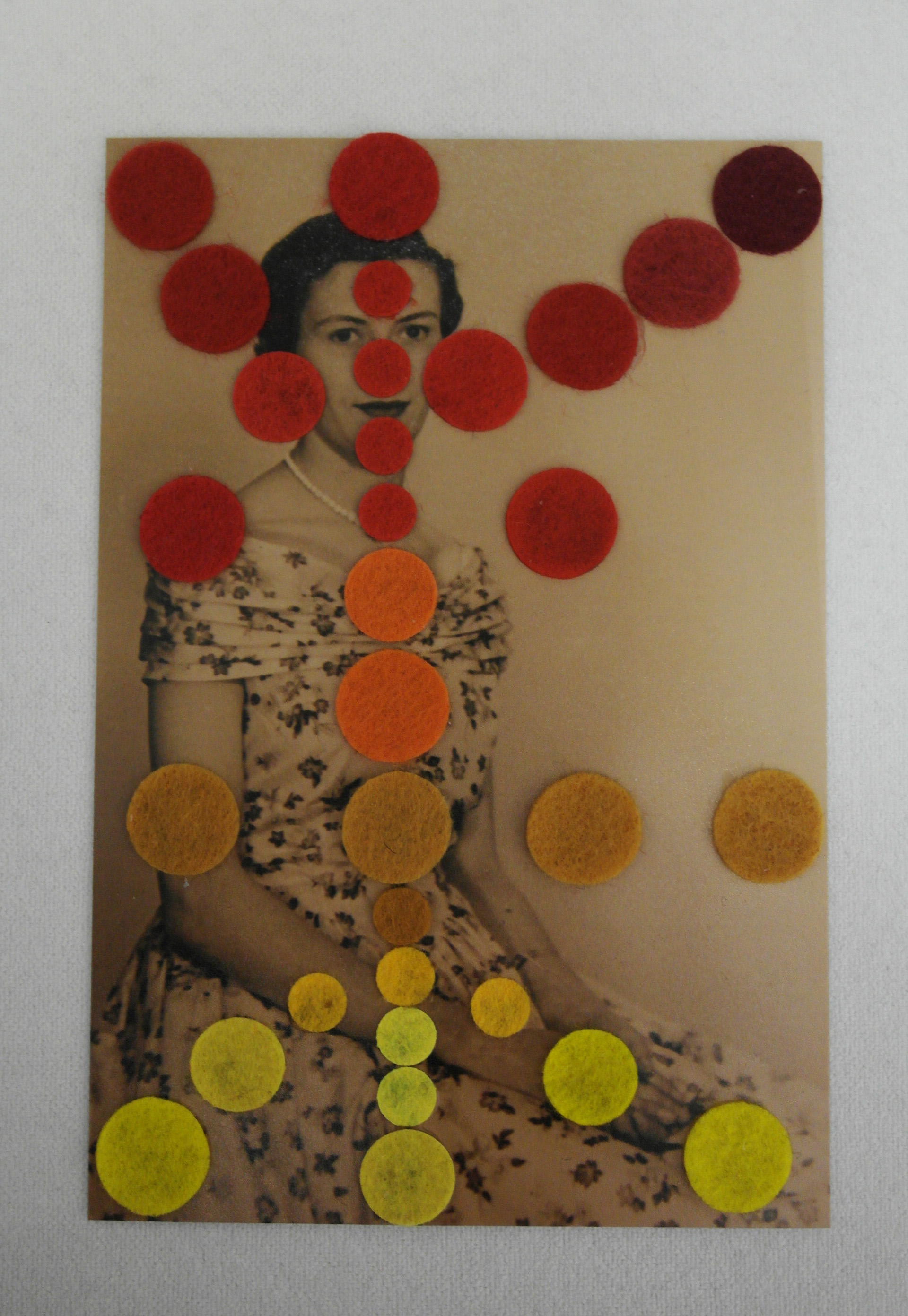Overall Comments
This is a very good start to the course. You carried out some well-focused
research to inform your own practice for both parts of the assignment and you can be pleased with the results.
The written statement is mostly descriptive, but very good extended notes on the practitioners who influenced you, and you provide good details of the process, documenting evidence of a logical workflow from the exploration of initial ideas to the final images.
What I can’t find is a reflection – see below from the handbook.
Reflection
Before you send your work to your tutor, check it against the assessment criteria listed in the introduction to this course guide and make sure that it meets all the criteria.
I know the assignment brief doesn’t specifically ask you to include this with your submission, but it is something that you should document in your Learning Log.
This helps me understand how you are developing your ideas and thinking about the overall experience of the assignment.
Feedback on assignment
Demonstration of technical and Visual Skills, Quality of Outcome,
Demonstration of Creativity
The images for Part One work well, combining found material purchased from Ebay with images from a book of old movie stars. You explore a range of combinations juxtaposing the two images in different ways and with different shapes. While there is a consistency in your approach, there is also a similarity to the content. Of the twelve images submitted for Part 1, which one do you think works best for you, and why?
Do you think there is a sense of progression or variation in the images, did you have anything about this in mind while you were working on the set?
John Stezaker’s work is powerful, intriguing and often disturbing, it is also very distinct and clearly identifiable as his own style. While he clearly influences your first set of images in Part 1, how do you feel you made that process your own?
This is one thing you might consider in your reflection – more about this later.
With Part Two, you explore the idea of montage much more with a wider range of subject matter and exploring different collage techniques, and here I think more of your personality is coming across in the finished work. Photograph 4, constructing four different portraits of the same subject is really intriguing and has (for me) a really disturbing and fractured feel about it – multiple and divided personalities. Although additional to the submission, the final two images are genuinely engaging with a history or diary feel to them allowing the viewer to make associations with the range of subject matter and search for a narrative – this is a form of interaction which can be really stimulating.
Coursework
Demonstration of technical and Visual Skills, Demonstration of Creativity
There is some very good work in your Learning Log with very well documented exercises which shows a very grasp of the areas covered in this part of the course.
Some very good work exploring artists such as Hoch, Holbein and Sugimoto and Jeff Wall. Here you can see how the contemporary practitioners have looked for and found string influences in an historical context.
Research
Context, reflective thinking, critical thinking, analysis
As mentioned earlier, you didn’t include a self-assessment or reflection with the submission, and this would allow you to think about your work in a different, more conceptual way. You write in your Learning Log about Stezaker’s work, ‘He couples both the male and female portraits together, creating unique and interesting final portraits.’
But what is it that is unique and interesting? I would be particularly interested to know how you think the reading or interpretation of the images you made change from the original portraits after they have been combines with the portraits of the stars. Do you feel they might comment on the transformative effect of fame, or gender and even transgender, with the male/female combinations? And what impact you think your images might have on a viewer?
Stezaker, as you say in your research, talks about how collage opens up the
subconscious and was an influential tool/process for the Surrealists, did you
detect that in your own work?
You have opened up your research context in the Learning Log by looking at different art forms – in this case the montage work of artists Hannah Hoch, Banksy and Peter Kennard, this can be quite a liberating process when you apply it to the research for your assignments.
Learning Log
Context, reflective thinking, critical thinking, analysis
Your Blog is in good shape – easy to navigate and scroll through the exercises and assignment work. It would be useful to have a research tab and show evidence of independent activity – reading, exhibition visits, talks, and simply your thoughts.
Also where you can, try to engage with your peers – look at their work and try to exchange views and comments, participate in the OCA forum etc. You’ll be surprised at how helpful and stimulating this can be.
Suggested Reading
Part 2 and Assignment 2 are about the artist as an online curator, and producing a series of related images in a small book from an online source.
The brief suggests you ‘Think about a theme for your book and use the references provided throughout Part Two as inspiration.’
We would normally discuss your approach to assignment 2 as you worked your way through Part 2, but you have already submitted this. I can’t fault your work ethic and it’s great to see such an enthusiastic approach, but working too quickly, and especially submitting assignments before you’ve had a chance to reflect on my feedback means you haven’t given yourself enough time to think about what you learned, how you might do things differently, and importantly, go back and make any changes to your submission and additions or developments to your learning log.
OCA expects all students to act on tutor feedback and revision of
assignment material is something that is considered in assessment.
Summary
Strengths
Good initial research
Strong workflow
Well documented
Areas for development
Self-assessment/reflection
Extend research context
Pace your work








